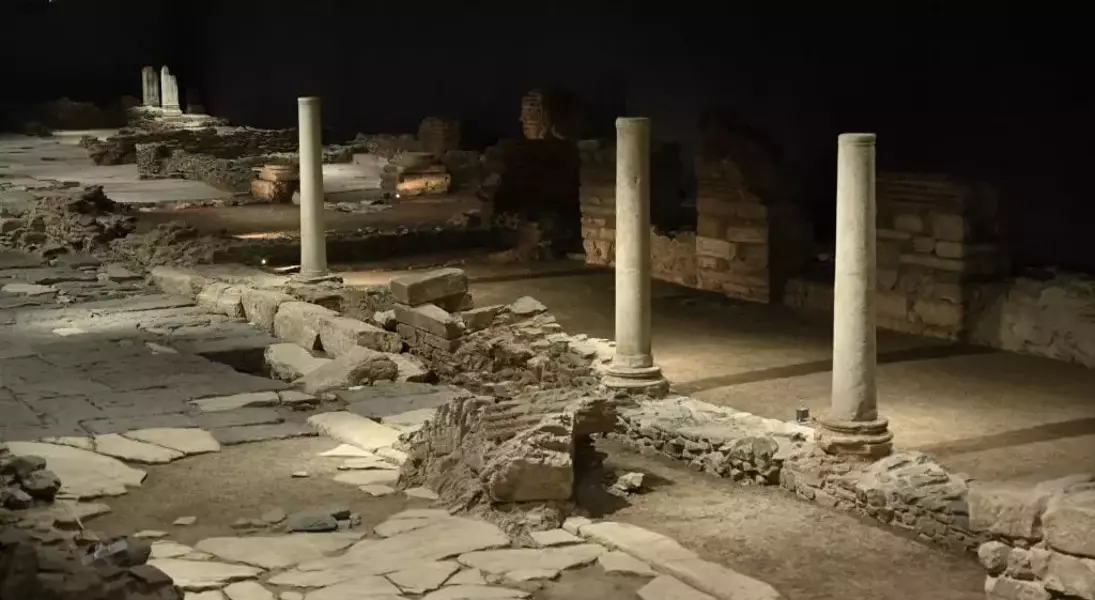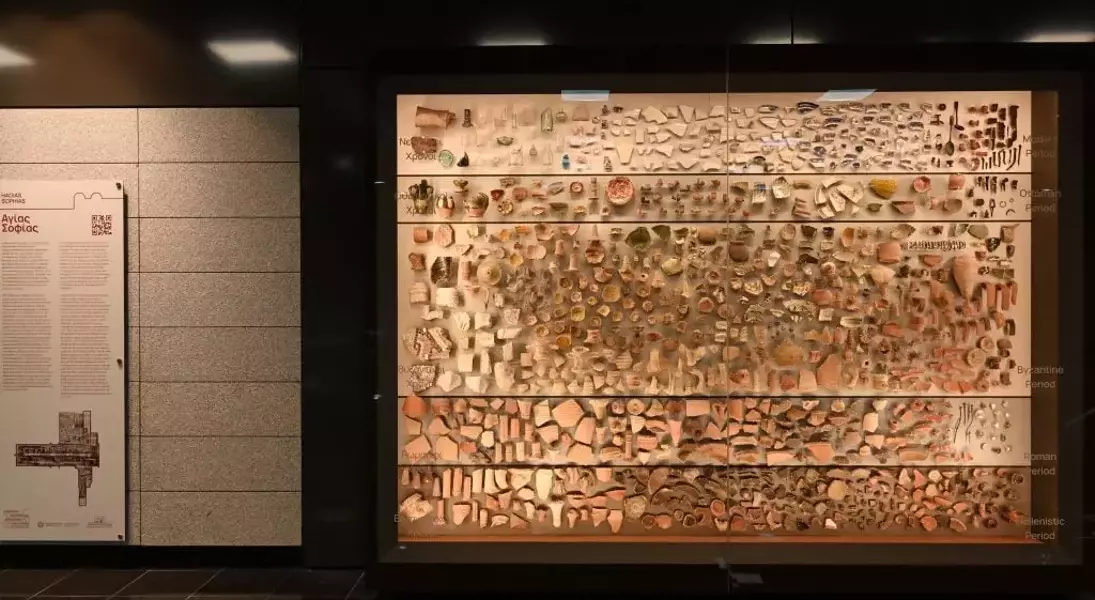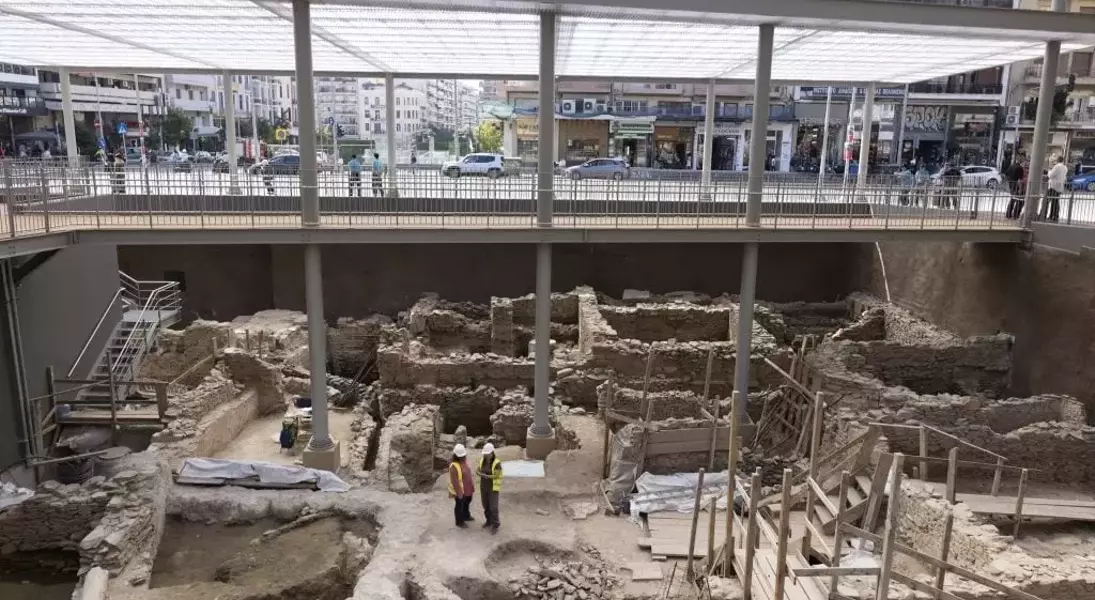After an arduous two decades of construction, numerous setbacks, and substantial budget overruns, the metro system in Thessaloniki, Greece's second-largest city, has finally seen its doors open. This remarkable feat not only provides commuters with a unique experience but also showcases an astonishing collection of archaeological finds.
An Underground Museum in Motion
Commuters will be treated to a one-of-a-kind journey as countless archaeological discoveries discovered during the construction process are on full display throughout the system. In some cases, the stations have been meticulously built to accommodate these finds right where they were unearthed.Among the highlights are marble squares, an early Christian basilica, a Roman-era road, drainage systems, and Greek burial chambers filled with jewelry. At Eleftherios Venizelos station, excavations uncovered a bustling street that once thrived in the city.This is not merely a public works project; it is a testament to the city's rich history and cultural heritage. As Greek Prime Minister Kyriakos Mitsotakis stated, "It is a museum that we will pass through to reach the train."Unraveling the Past
The fully automated metro system consists of a single line spanning six miles and 13 stations. It is the second-largest in the country after Athens and is expected to attract over 250,000 daily passengers, significantly alleviating the pressure on Thessaloniki's roads.The city, founded in 315 B.C.E. by Cassander of Macedon and named after his wife Thessalonike, who was Alexander the Great's sister, has been home to various civilizations. Their artifacts, totaling more than 300,000, will be on display throughout the metro system.In many instances since construction began in 2006, the accidental discovery of these artifacts led to delays. Engineers and architects had to collaborate and rethink their plans to accommodate the archaeological finds.For example, at Central Thessaloniki's Demokratias station, deemed a high-importance archaeological site due to the early Christian church, cemetery, Ottoman inns, and storehouses, the station was moved by about 30 feet to better preserve a Byzantine-era wall.Engineers were often compelled to dig deeper, sometimes reaching up to 100 feet down, to avoid disturbing the archaeological record. Architects had to redesign stations to make room for the new finds. As Webuild, the Italian construction group partnering with the city, stated, "Passing through one of the 13 stations, transformed into 'archaeo-stations,' travelers embark on a journey through time."Expanding Horizons
In 2025, the system is set to expand eastward with the addition of five stations. By 2040, the city aims to extend the system to reach the international airport, further enhancing the connectivity and accessibility of Thessaloniki.This metro system is a remarkable achievement that combines modern infrastructure with the preservation of history. It serves as a reminder of the city's diverse past and its importance in the annals of civilization.As commuters make their way through the metro, they are not just traveling from one place to another; they are embarking on a journey through time, experiencing the wonders of Thessaloniki's archaeological treasures.




